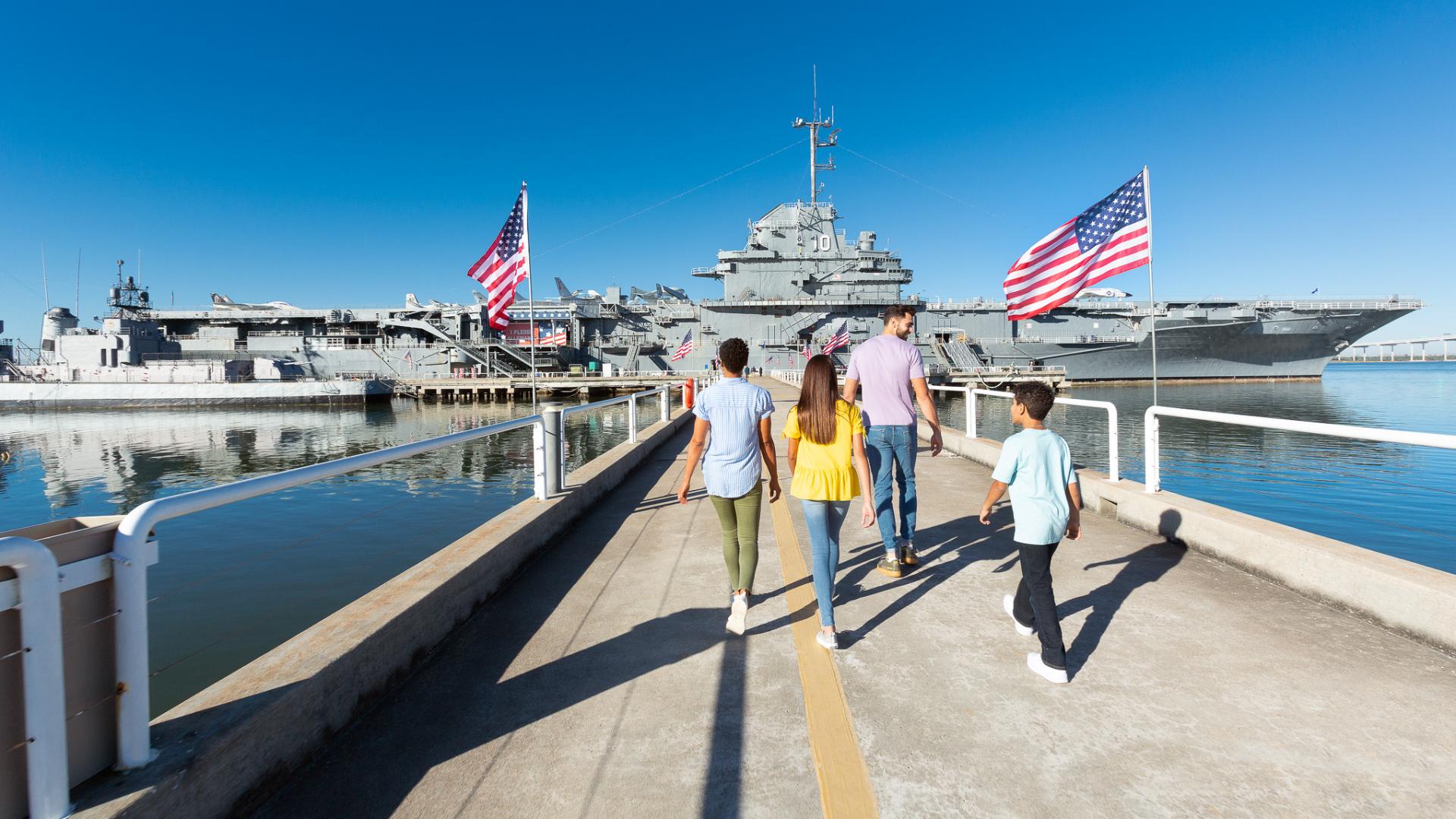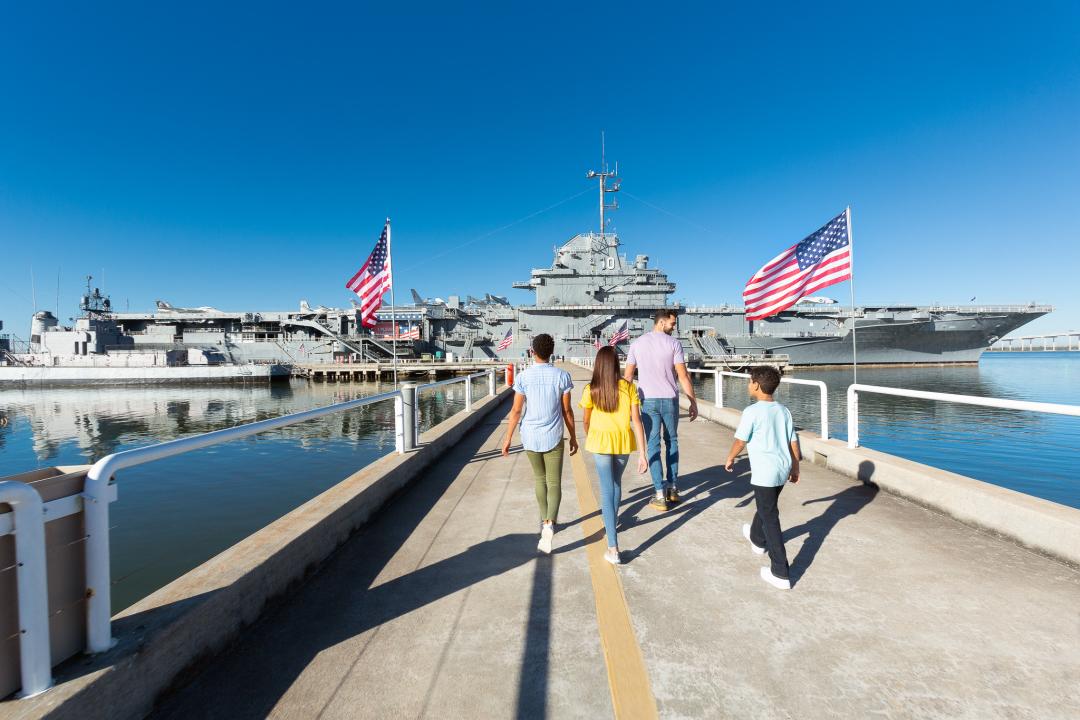
The first dive bombing exercise by the United States Navy was reported on 13 December 1926 by Rear Admiral J. M. Reeves. The Boeing FB-5 and the Curtiss F6C were used as dive bombing platforms. Naval aviators from VF-2 (today's VFA-2) scored 19 hits with 45 bombs on a target 100 feet by 45 feet. Also participating in the dive bombing tests were another Navy fighter squadron (VF) and one Marine Corps fighter squadron (VMF). Forty five degree dives were made from 2,500 feet and bombs were dropped at 400 feet. LCDR F. D. Wagner of VF-2 also utilized a technique where his aircraft would dive unseen from an altitude of 12,000 feet. Wagner would eventually make Rear Admiral and he was the first Chief of the Naval Air Reserve Training Command at NAS Glenview in November 1945.

The development of our dive bombers would lead to the techniques that made attacks on enemy ships to be accurate, deadly and survivable for the pilots who conducted the attacks. In World War II Douglas SBDs (scout bomber Douglas or Slow But Deadly) sank sixty percent of all Japanese ships sunk by aircraft. Below is a computer simulated SBD attack on a Japanese destroyer and will give you an idea what it looked like without the G force sensations or adrenal rush of the real thing...

